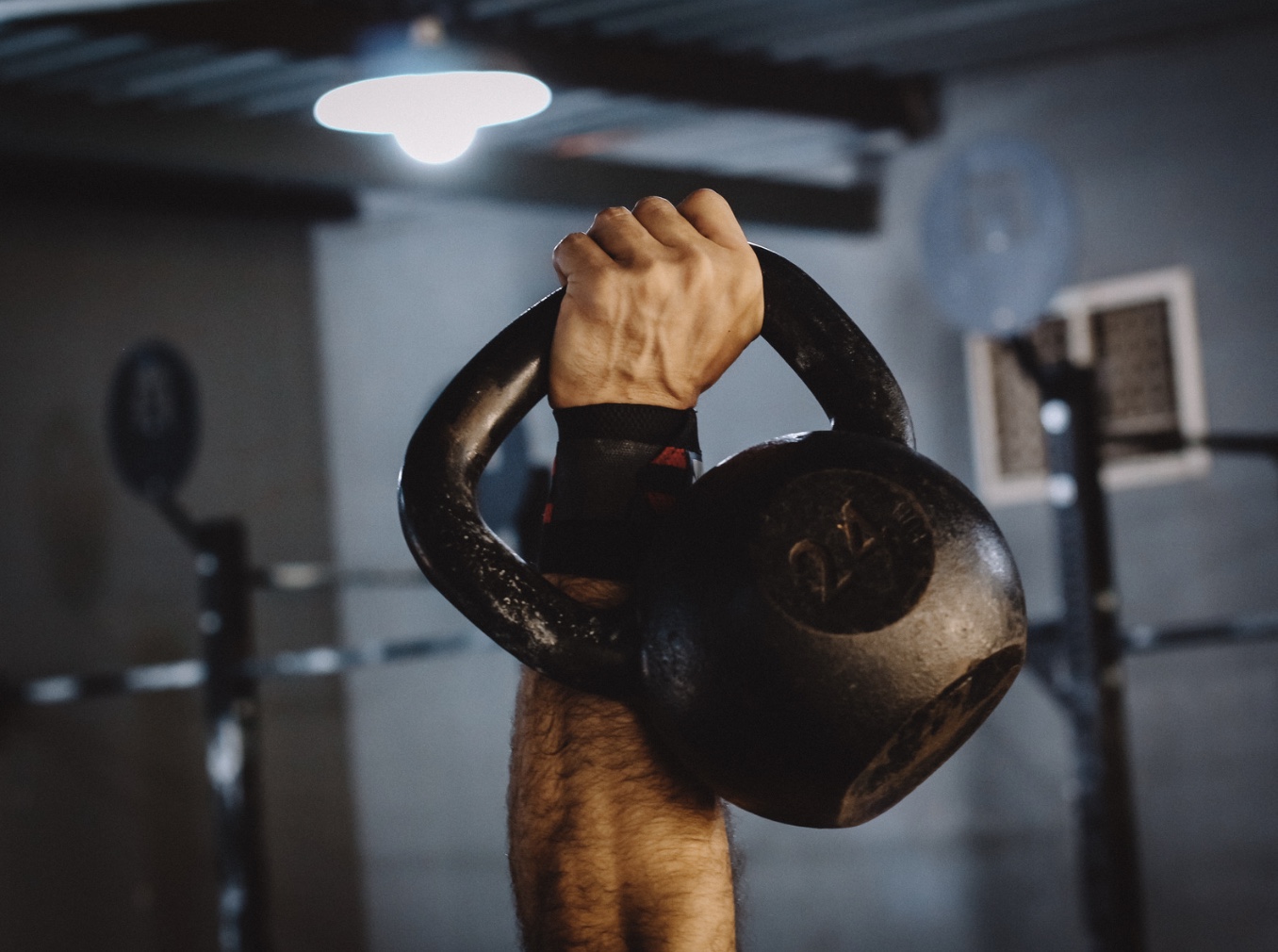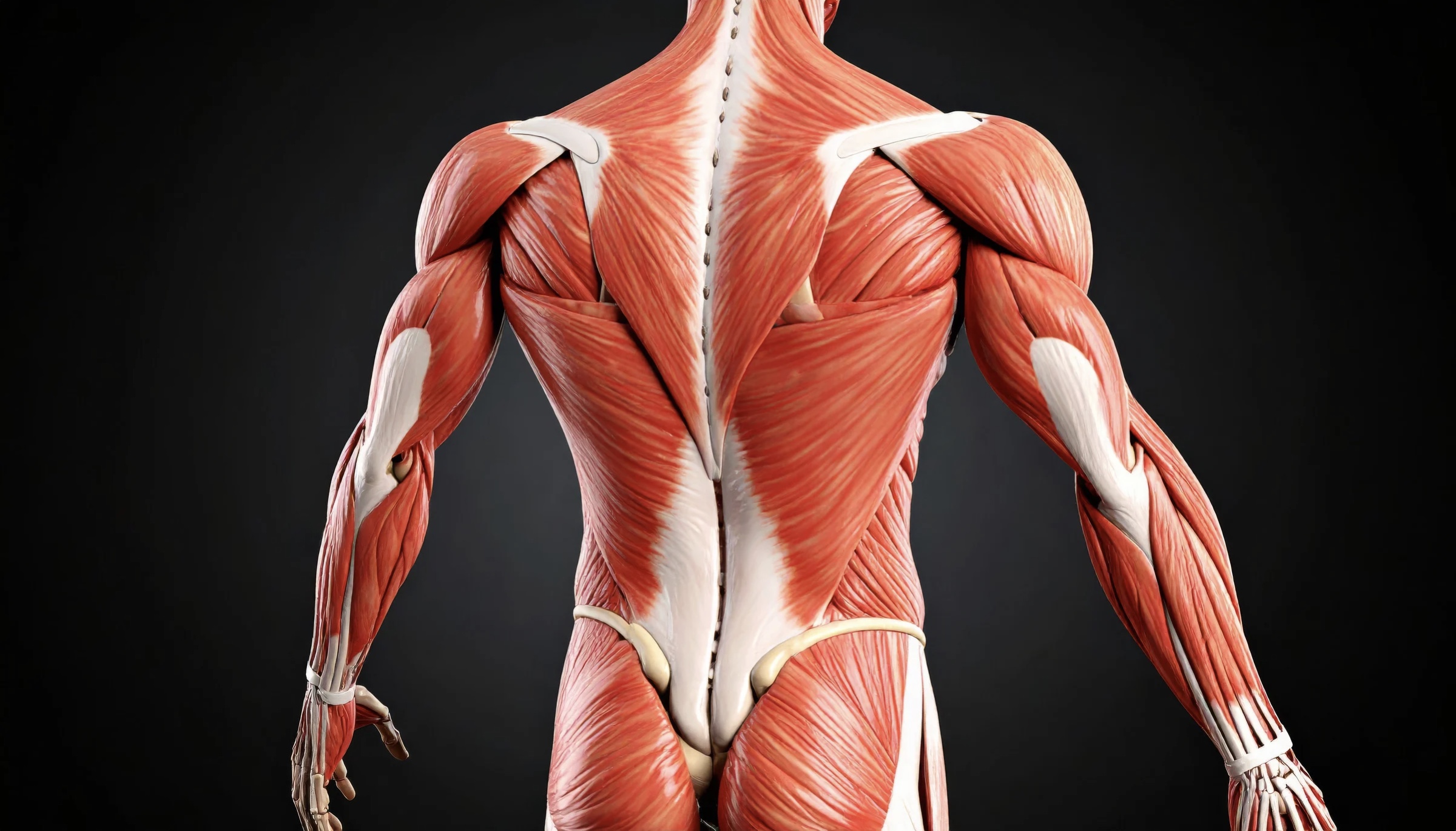The Power Phase of Training: Where Strength Meets Speed at CACFit

If you’ve been following along with our series on the phases of training used in the NASM OPT model, you’ve already built a foundation through stabilization, enhanced your strength, and now—you're ready for the grand finale: the Power Phase.
This is where all your hard work comes together. It’s not just about lifting heavier or moving faster—it’s about combining force and velocity to create something that looks (and feels) explosive, athletic, and, frankly, powerful.
At CACFit in Auburn, California, our personal trainers and fitness classes incorporate this phase strategically to help clients move beyond fitness basics and into peak performance training. Whether you’re an athlete, a weekend warrior, or just someone who wants to improve coordination, speed, and control—Power Training is the missing piece that turns good results into great ones.
What Is Power Training?

In the NASM OPT model, Power Training is Phase 5—the final step in the progression. It builds upon the stabilization and strength phases you’ve already developed. Think of it as the bridge between your muscular strength and your ability to use that strength quickly and efficiently.
In other words, Power = Strength × Speed.
While earlier training phases focused on building muscle and endurance, the Power Phase teaches your muscles to fire faster and coordinate as a unit—helping you develop explosive movement capabilities.
This isn’t just for athletes. Power Training enhances everyday function—helping you move better, jump higher, sprint faster, and even improve reaction times in daily activities.
The Purpose Behind Power Training
You’ve already built strength using heavy weights, and you’ve likely developed endurance through stabilization and hypertrophy training. So what’s next?
The Power Phase brings your training full circle by integrating both—high force (heavy load) and high velocity (speed). The result? You learn to generate maximum power output in minimal time.
In simple terms:
- You lift heavy and move fast.
- You train your body to produce force efficiently.
- You create muscle coordination between your upper and lower body.
This is the phase where you develop what many call “functional athleticism”—a combination of strength, balance, coordination, and control.
The Science Behind Power Training
1. Neuromuscular Adaptations
During Power Training, your body develops the ability to recruit muscle fibers more quickly. This process is known as rate of force development (RFD). The faster your nervous system can activate motor units, the faster and stronger your movements become.
This means that Power Training doesn’t just make you strong—it makes your strength usable in real time.
2. Improved Muscle Fiber Activation
Power Training targets fast-twitch (Type II) muscle fibers—the ones responsible for explosive actions like sprinting, jumping, and throwing. These fibers fatigue quickly but are key to producing peak power.
3. Enhanced Intermuscular Coordination
Power movements train different muscle groups to work together efficiently. For example, during a plyometric jump, your legs, core, and stabilizers coordinate seamlessly to propel your body upward and control your landing.
4. Hormonal and Metabolic Benefits
Power workouts are intense and short, triggering significant metabolic responses. Studies show that this type of training can increase testosterone, growth hormone, and post-exercise calorie burn, aiding both performance and physique enhancement.
Scientifically Proven Benefits of Power Training
Here’s what research and years of experience in Auburn, California gyms like CACFit have shown about Power Training:
- Improved Speed and Agility
You’ll move more efficiently—whether it’s sprinting up a hill, reacting during sports, or simply catching yourself during a misstep. - Enhanced Athletic Performance
Power Training enhances strength, speed, and coordination—the trifecta of athletic success. - Better Functional Strength
Power exercises mimic real-life movement patterns, making everyday tasks easier and safer. - Injury Prevention
By improving muscle reaction time and coordination, you reduce your risk of falls or joint injuries. - Boosted Metabolism and Caloric Burn
Short bursts of explosive training stimulate the body’s metabolism far beyond your workout window, helping with body composition goals.
Who Should Be Doing Power Training?
Contrary to popular belief, Power Training isn’t reserved for elite athletes or advanced gym-goers. With proper guidance from personal trainers—like those at CACFit—anyone can benefit.
🔹 Athletes and Sports Enthusiasts
If you play sports or enjoy competitive events, this phase helps translate gym strength into game-day performance.
🔹 Fitness Class Regulars
Many of our fitness classes in Auburn, California include power-based exercises, offering a fun, high-energy way to train for explosiveness while staying safe under expert supervision.
🔹 Everyday Gym Members
Even if you don’t compete, Power Training improves reaction speed and balance, making daily life movements (like climbing stairs or lifting groceries) feel effortless.
🔹 Older Adults (With Supervision)
When appropriately scaled, Power Training improves coordination, balance, and bone health—helping maintain independence and strength over time.
Common Power Training Exercises
Here are some examples you’ll often see in CACFit’s Power Training programs:
1. Plyometric Exercises (Explosive Bodyweight Moves)
- Jump Squats
- Box Jumps
- Lateral Bounds
- Burpees with a jump
- Plyometric Push-Ups
Purpose: Train the muscles to produce and absorb force rapidly—improving overall explosiveness and coordination.
2. Olympic-Style Lifts
- Power Cleans
- Push Press
- Snatches
Purpose: Combine heavy weights with rapid movement to train full-body power and neuromuscular control. These lifts require precise technique, which is why CACFit’s personal trainers guide members through proper form step by step.
3. Medicine Ball Training

- Overhead Throws
- Rotational Slams
- Chest Passes
Purpose: Develop rotational power, strengthen the core, and improve coordination between upper and lower body.
4. Contrast Training
This method alternates heavy weight lifting with an explosive movement targeting the same muscles.
Example:
- 3 heavy squats (high load)
- Immediately followed by 5 jump squats (fast, explosive).
Purpose: Trains your muscles to transition quickly between strength and speed, mimicking athletic performance.
5. Sprint and Agility Drills

- Short-distance sprints
- Cone drills
- Reaction step training
Purpose: Develop acceleration, coordination, and quick direction changes—all essential components of Power Training.
Why Power Training Completes the Fitness Puzzle
Each phase of the NASM OPT model has a purpose:
- Stabilization: Builds a foundation.
- Strength: Adds muscular endurance and hypertrophy.
- Power: Converts all that progress into functional, athletic performance.
Skipping this final phase means missing the opportunity to teach your muscles how to use the strength you’ve built.
At CACFit, we design programs that flow logically through these phases, ensuring that by the time you reach Power Training, your body is ready to handle the intensity and reap the rewards.
Why Choose CACFit in Auburn, California for Power Training?
There are plenty of gyms out there, but here’s what sets CACFit apart:
1. Expert Personal Trainers
Our personal trainers are certified professionals with experience in functional strength, Plyometric training, and advanced program design. They tailor each workout to your level—ensuring you progress safely and effectively.
2. Dynamic Fitness Classes
Our fitness classes blend structured programming with energy and fun. You’ll train alongside others with similar goals while still receiving personalized guidance.
3. Cutting-Edge Equipment
From Olympic lifting platforms to medicine balls and agility ladders, CACFit provides everything you need to master Power Training properly.
4. Community Atmosphere
We take pride in being a local favorite in Auburn, California, offering more than just workouts—it’s a supportive community where everyone is motivated to push harder together.
5. Evidence-Based Programming
Our training philosophy is grounded in proven science, including the NASM OPT model. Every movement, rep, and routine has a purpose—and we ensure you understand it too.
5 Common Questions About Power Training
1. Is Power Training Dangerous?
Not when done correctly! Under proper supervision from CACFit’s personal trainers, Power Training is safe and highly effective. Each exercise is scaled to your current fitness level.
2. How Often Should I Do Power Training?
For most people, 2–3 sessions per week is ideal, allowing adequate recovery. Our trainers can integrate it into your weekly routine seamlessly.
3. Can Power Training Help Me Lose Weight?
Yes! The intensity of Power Training keeps your metabolism elevated long after your workout, aiding fat loss while building lean muscle.
4. Do I Need to Lift Heavy Weights to Train for Power?
Not always. While heavy weights play a role, bodyweight and plyometric exercises also build power effectively—especially when performed explosively and with good control.
5. What Makes CACFit Different from Other Gyms?
At CACFit, Power Training isn’t random—it’s programmed. Our trainers monitor your form, progress, and recovery while keeping workouts engaging and fun. Combine that with our strong community in Auburn, California, and you’ve got the perfect environment for lasting results.
Final Thoughts
The Power Phase of Training isn’t just the final step—it’s the culmination of everything you’ve built so far. It’s where precision meets performance, and where strength turns into real-world capability.
Whether you’re in a structured fitness class or working one-on-one with a personal trainer, CACFit’s Power Training programs will help you move stronger, faster, and with more confidence than ever.
At CACFit in Auburn, California, we don’t just build bodies—we build athletes out of everyday people. Let’s make your next workout powerful. ⚡







